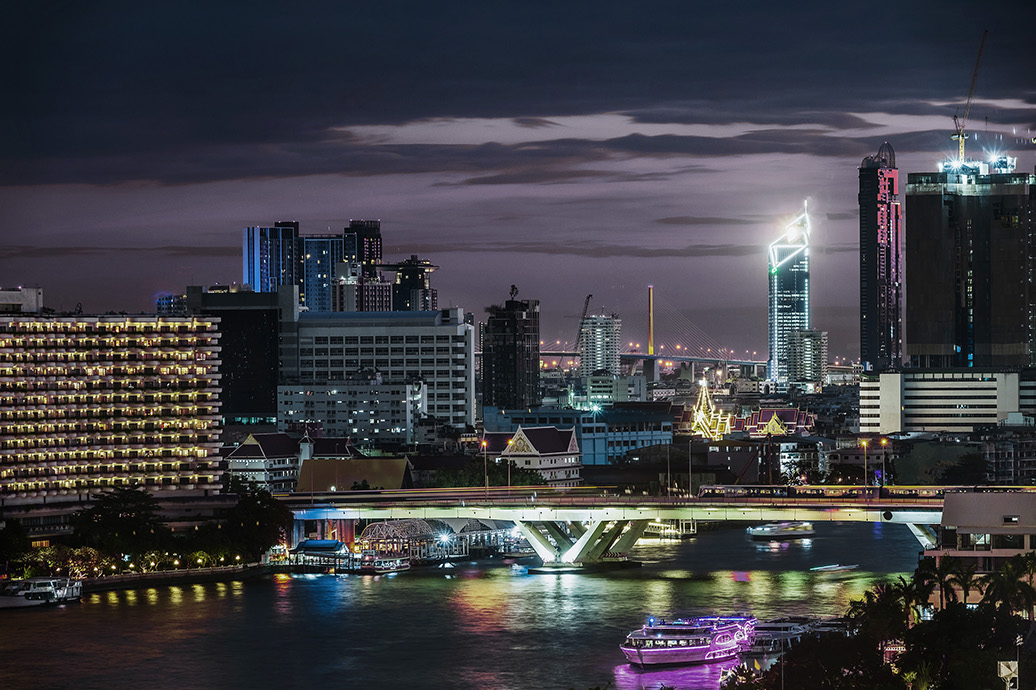Rethinking Infrastructure for AAM Part One – Summary

Advanced air mobility (AAM), a new classification of aircraft that includes vehicles such as air taxis, has the opportunity to transform aerial transportation in urban areas in the near future. One of the most significant challenges in launching AAM, however, is building the infrastructure needed to support such aircraft, which cities currently lack. This will take the form of vertiports, stations where AAM vehicles can land and takeoff from, as well as recharge when not in use.
The design and development of vertiports carry many questions. How many vertiports are needed in a city to support an AAM fleet? How would they be powered? How can they most efficiently use that power?
To answer these questions and more, Todd Tuthill, Vice President of Aerospace & Defense (A&D) for Siemens Digital Industries Software, is joined by John Nixon, Vice President of Energy, Chemicals, and Infrastructure for Siemens, on Talking Aerospace Today. In their first episode on AAM infrastructure, Todd and John define what vertiports are, their relationship with the existing electrical grid, and how they can be made sustainable.
The need for vertiports
While often compared to flying cars, AAM craft are being designed to be much bigger, with some expected to have wingspans of 50 feet. As such, , according to Todd, an air taxi cannot simply be summoned and land on one’s driveway or in the middle of the street as existing rideshare services do. Therefore, if an air taxi cannot come to a customer, the customer must go to the air taxi.
Vertiports act as the hubs for passengers and AAM vehicles. Part bus stations and part helicopter pads, these locations provide the aircraft with designated places to taken on or offload passengers and cargo, taking advantage of their ability for vertical takeoff and landing. Aircraft can also recharge their power reserves in between flights.
The main challenge with building vertiports is building enough of them. For example, if a passenger needs to travel ten blocks to get to a vertiport and the journey to get there takes much longer than the subsequent flight, the entire point of AAM has effectively been erased. Cities would need to possess enough vertiports to make AAM a viable mode of transportation.
Vertiports, power, and the grid
Of course, each vertiport requires power to operate and charge its vehicles, and building so many may raise concerns about drawing to much energy from the electrical grid. However, John and Todd go on to explain the amount of power vertiports would draw would not be too intensive. Rather, the problem comes from unreliable grids that are in great need of upgrades and maintenance. Developers of vertiports would need to take these unreliable grids into consideration and create their own local power sources, such as microgrids or small modular reactors, which will be explored further in future episodes.
Additionally, the power sources for vertiports would need to be sustainable. While the impact on reducing greenhouse gas emissions, most AAM craft being developed are planned to utilize electric batteries, according to Todd. However, the point of sustainability is lost if the electricity to charge those batteries is still derived from fossil fuels. When considering the power source for future vertiports, developers would need to turn to renewable and green energy sources, whether they be solar, wind, or more advanced technologies such as nuclear.
Vertiports are necessary for the future of AAM, as they are the foundation for the infrastructure to support future fleets. While they would not put much strain on the grid, developers would need to ensure they have a source of reliable, sustainable energy in order to maintain this new form of transportation. After all, transforming the world of air travel will require reliable infrastructure on the ground.
Stay tuned for more episodes from Talking Aerospace Today on further considerations in the design and development of vertiports.
Siemens Digital Industries Software helps organizations of all sizes digitally transform using software, hardware and services from the Siemens Xcelerator business platform. Siemens’ software and the comprehensive digital twin enable companies to optimize their design, engineering and manufacturing processes to turn today’s ideas into the sustainable products of the future. From chips to entire systems, from product to process, across all industries. Siemens Digital Industries Software – Accelerating transformation.


